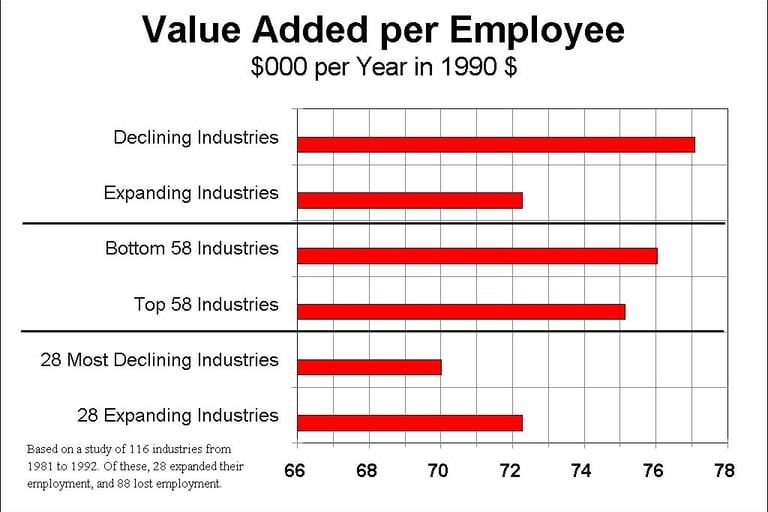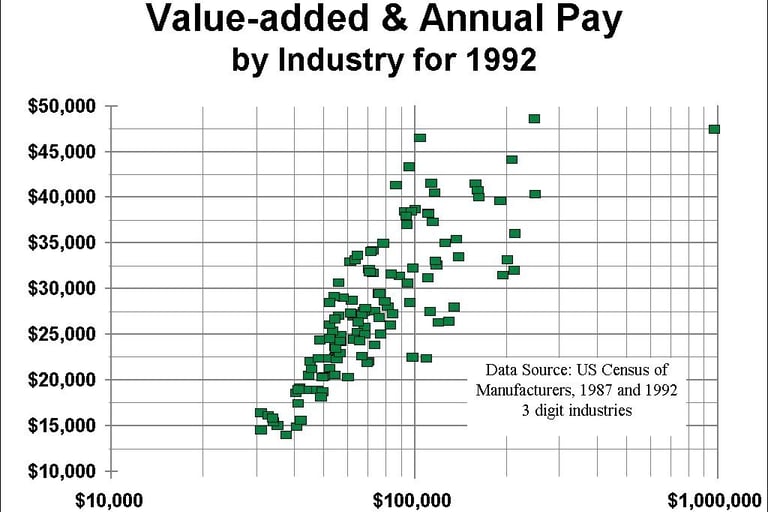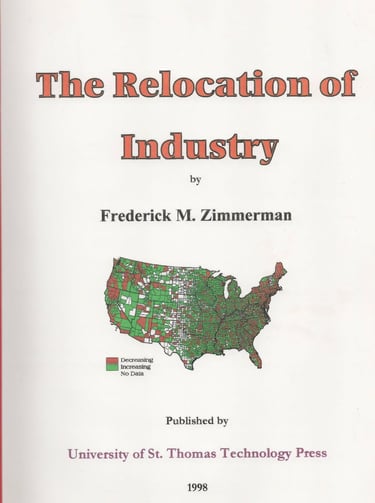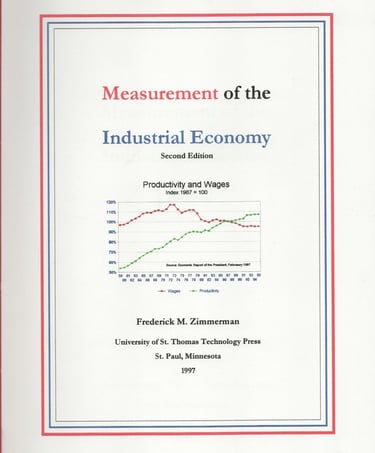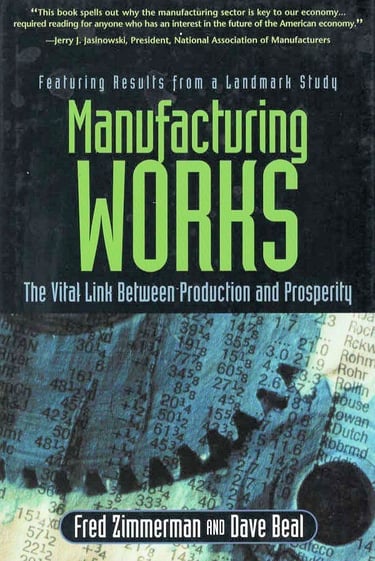Manufacturing and Industrial Prosperity
Manufacturing provides a vital link to prosperity. Not everyone believes that. In fact, the manufacturing sector has become the invisible economy to many of us. Other parts of the economy — finance and services, for example, and sub-sectors such as software and Internet-related companies have commanded more attention. Yet manufacturing remains enormously important. The industrial sector is special because of its size, its ability to generate value, its role in meeting people’s wants and needs, and the dignity of the work it provides for millions of people in the United States and countries throughout the world. Thus, the link between production and prosperity is a serious issue that merits thorough study and convincing evidence, both by scrutinizing the data and by getting out to the front lines to talk with the people who make manufacturing work.
The prosperity of the entire United States is heavily dependent upon the maintenance of a strong industrial sector that is capable of offering satisfying and productive employment to US citizens. Unfortunately, the US industrial sector has been under stress since the 1970s for several important reasons:
1. Foreign competitors received better organized financial support that increased their expertise and allowed for the purchase of highly productive manufacturing equipment and facilities.
2. Though many major industrial employers of the United Staes were capable and dedicated industrialists, some major companies were inefficient, less capable, and sometimes not operating in ways that would increase the odds of company survival when competition was intense. Poorly considered and inappropriately managed acquisitions and mergers have also impeded companies from responding most effectively against competitive forces.
3. From the late 1970s to the 2025, the United States has lost many of its largest, and previously formidable important companies through neglect, less capable management, and in some cases factors external to the firm itself. Importantly, some of these have been involved in the manufacture of high value-added products which provided employees with good-paying jobs.
4.The decline of US industry was spread broadly across many states and in both urban and rural settings. However, older and larger cities with their imbedded diseconomies of scale fared worst. And, as plants closed and many employees lost their jobs, political blaming emerged in ways that stifled teamwork and the adaption of remedial efforts that may have been helpful.
Three books dealing with the stresses and challenges of manufacturers, and how many of them did survive, are offered below. Measurement of the Industrial Economy provides a framework of better measurements that might enable a better understanding of where we stand and what steps might be effective if applied.
The Relocation of Industry documents how industry is gradually relocating -- even within the United States. Some communities, and some companies remain strong and competitive even during difficult times.
Manufacturing Works: the Vital Link Between Production and Prosperity is a series of case studies of both companies and communities where manufacturing has continued to retain prosperity for both companies and the communities in which they reside.
